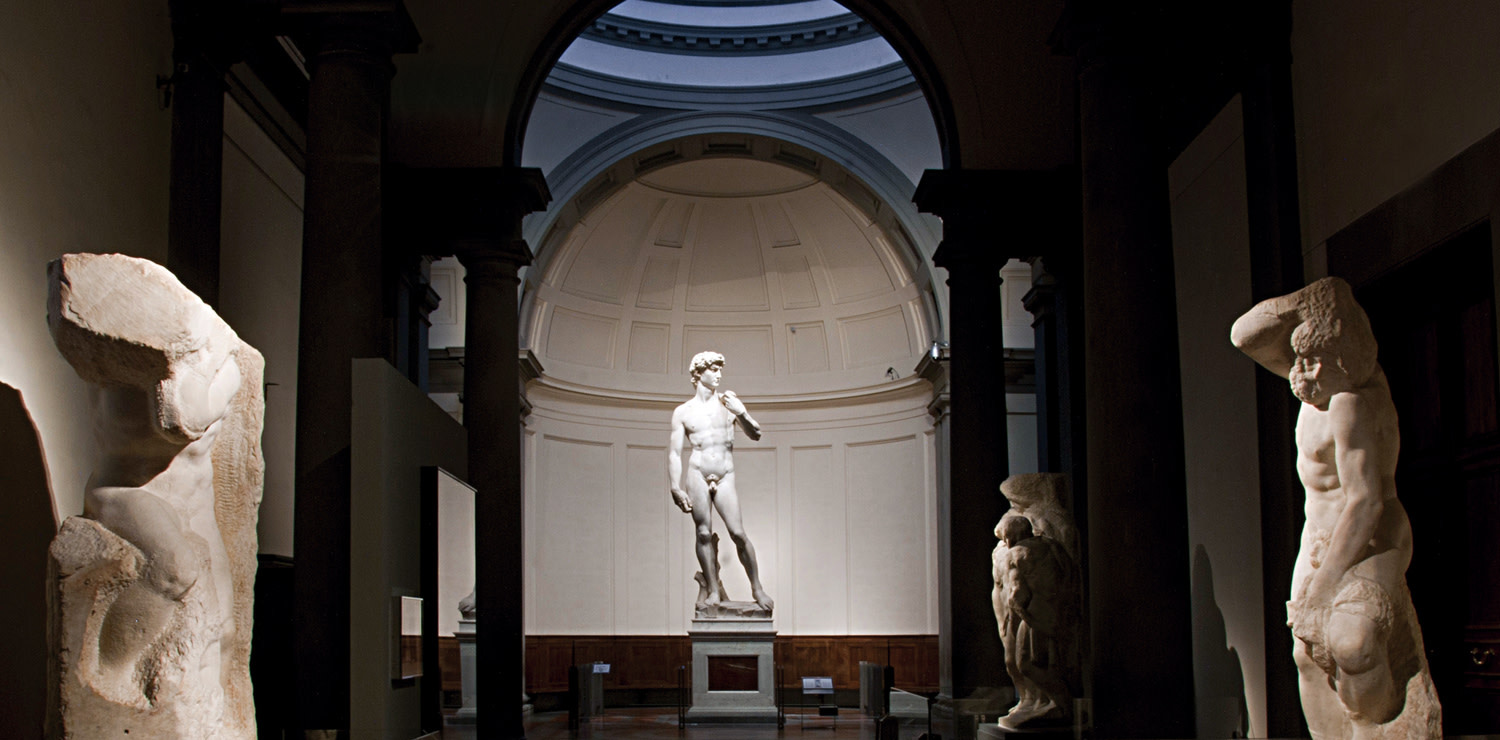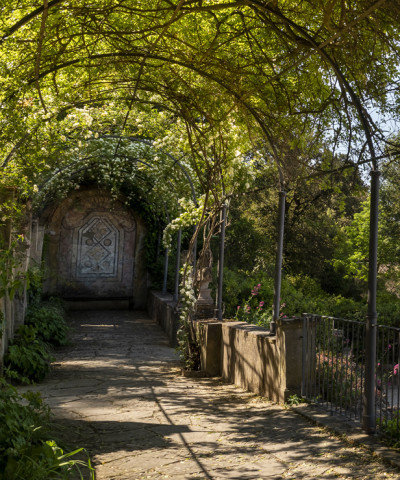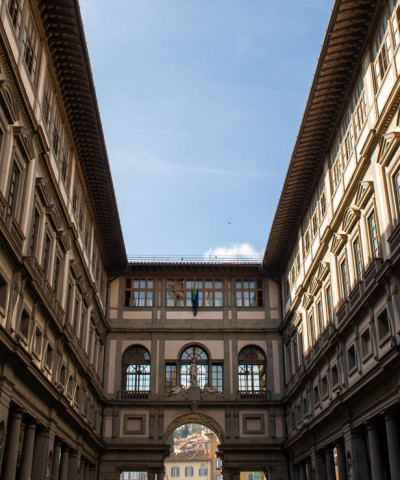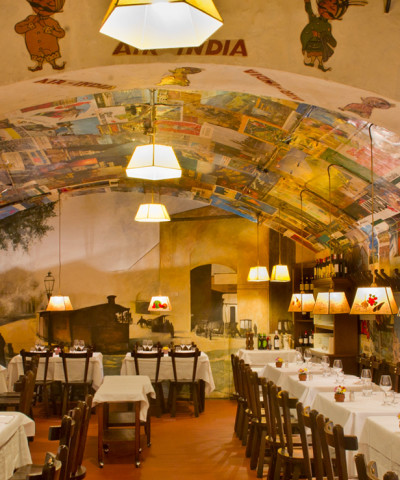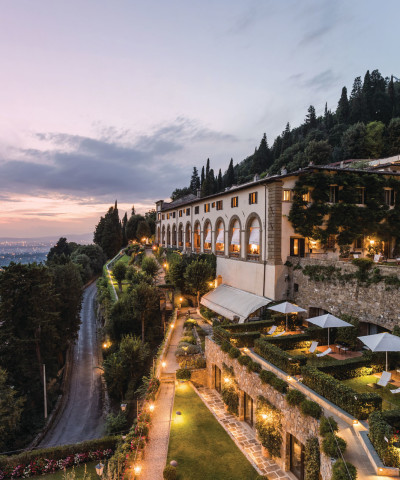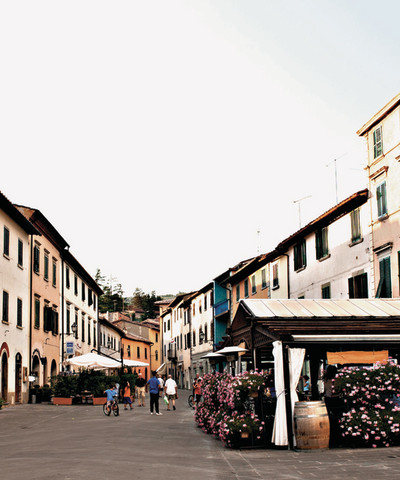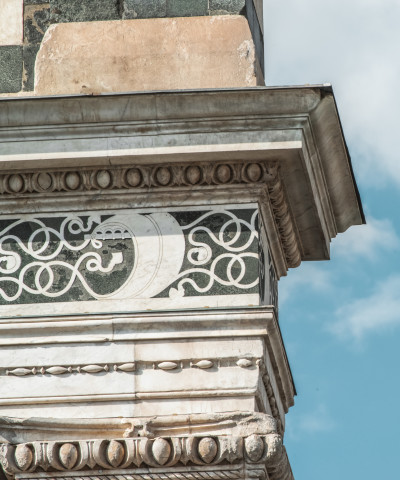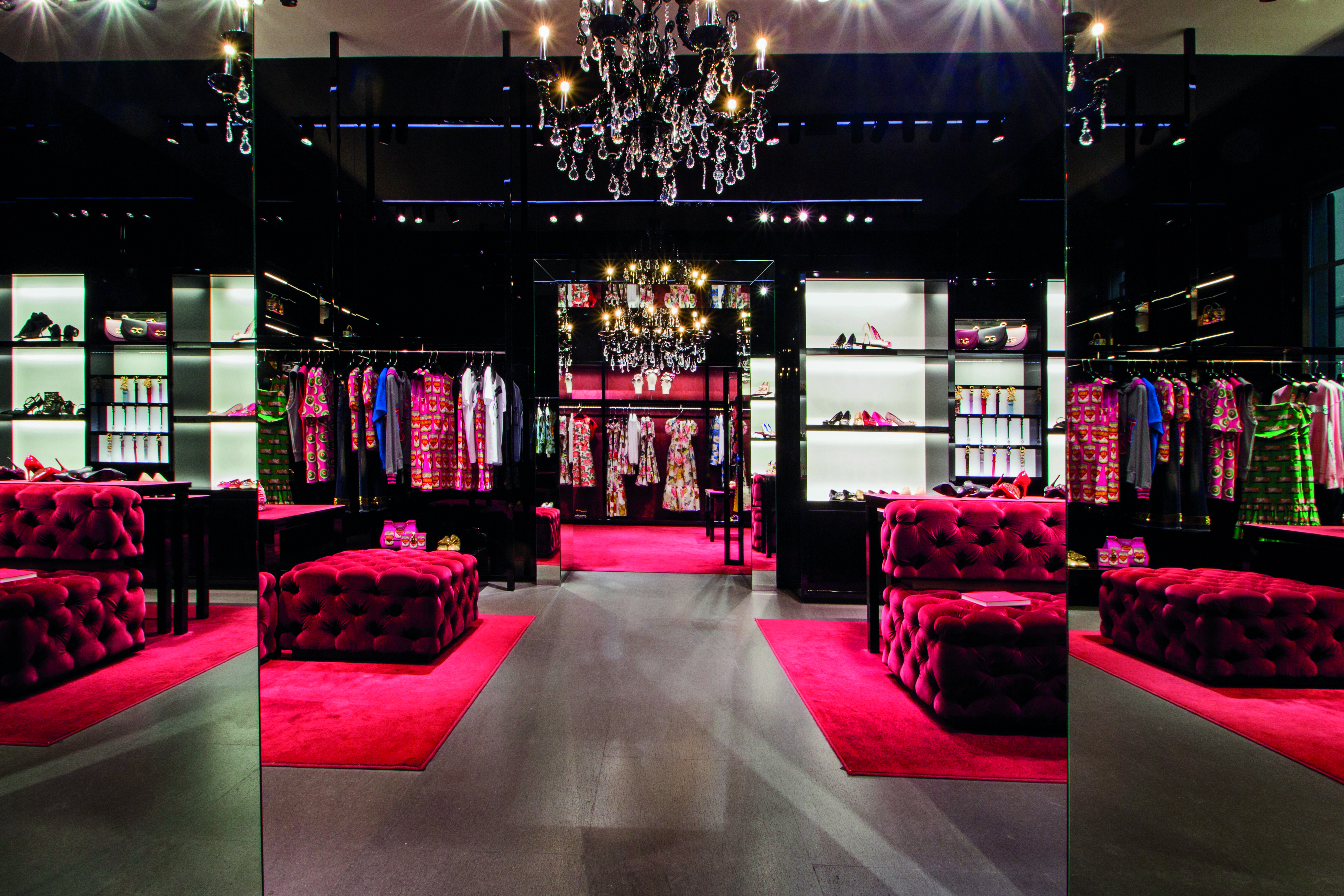A journey through the works of Michelangelo
On February 18, 1564 died the great artist, we retrace together the essential stages of his life through his most famous masterpieces
The mythicizing of Michelangelo began during his lifetime; and it continues in the minds and hearts of everyone. Even his 16th-century contemporaries referred to him as a god, the “Divino”. His expressive range reached heights of languid sweetness- in Jesus’s adolescent body on the small Crucifix of Santo Spirito in Florence or in the gentle face of the Virgin Mary in the Pietà- and at the same time he created heroic male figures, whether sculpted or painted- from the Florentine David (1504) to the restless giants of the Sistine Chapel’s ceiling (1508-1512).
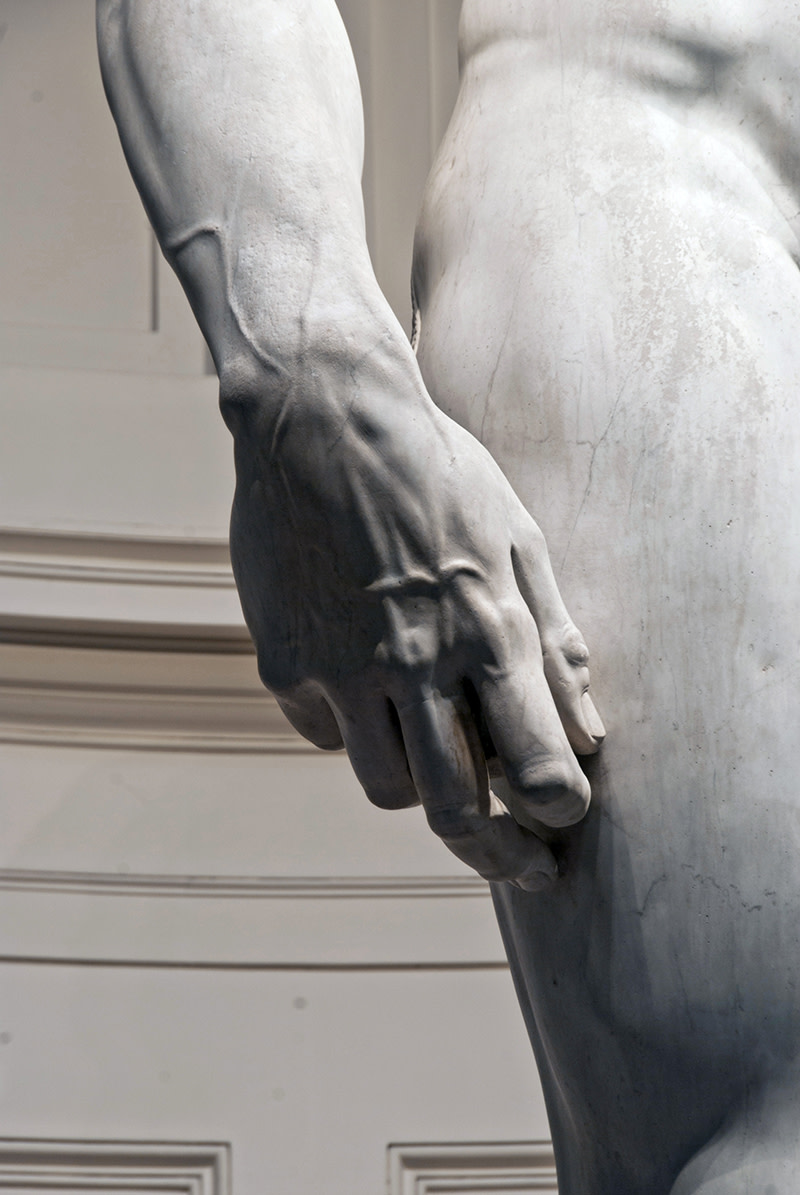 David, Galleria dell’Accademia (dettaglio)
David, Galleria dell’Accademia (dettaglio) The David, precisely; since we are talking about myth. The colossus, which was originally placed in front of Palazzo Vecchio and, in the 1800s, moved to an imposing room specially built in Florence’s Accademia Gallery (which from February 15 hosts an exhibition that tells the artist through the bronze effigy of Daniele da Volterra), is, just like Leonardo’s Mona Lisa, an icon of the Renaissance. An icon venerated like a miraculous relic. Venerated to the point of obscuring its depth and poetry, reduced as it is to an object of fetishistic cult.
The David, instead, should be thought of and read as a poetical work resulting from the great Florentine Humanism, which made Florence shine everywhere throughout the fifteenth century (and beyond), owing primarily to Cosimo de’ Medici’s and Lorenzo il Magnifico’s highly-cultivated patronage. Looking at the David only to admire its radiant beauty means lingering over the surface of that superb marble and smothering the lyrical fire which burns within it. Every work of art is both form and content. Not going beyond the form means missing the chance to understand its meaning; there is no way one can enjoy a poetical work (whether a literary or figurative work) without being given the chance to understand it in its entirety.
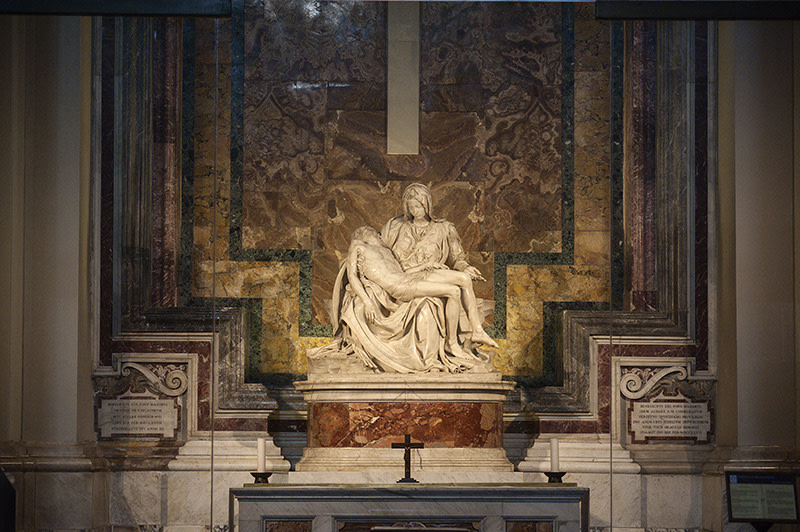 The Pietà housed in St. Peter’s Basilica, Vatican City
The Pietà housed in St. Peter’s Basilica, Vatican CityThe David, just like any other artistic creation, may pose pressing questions to those who look at it with the intention of understanding the content that underpins it. Why are his proportions so conflicting with those traditionally associated with the Jewish hero? ¿Why isn’t he that delicate and even effeminate young man that Donatello and Verrocchio had cast in bronze? Why, on the contrary, is he a giant as, in fact, described in early 16th-century archive documents? If we were accustomed to observing works of art to understand them rather than to marvel at them, we could not elude these questions related to Michelangelo’s David.
And yet, the Bible (in the First Book of Samuel) gives an explanation. While, in the first account, the young Jew is portrayed as a delicate child and Goliath as an abnormally-sized colossus, in the second account, David is a young shepherd, having no experience of fighting, but normally proportioned, and Goliath is a man-at-arms but not a giant. Significant in this respect are the words that David says to Saul, fearing that he might succumb: “Your servant was keeping his father’s sheep; and when a lion or a bear came, and took a lamb out of the flock, I went out after him, and struck him, and rescued it out of his mouth. When he arose against me, I caught him by his beard, and struck him, and killed him. Your servant struck both the lion and the bear. This uncircumcised Philistine shall be as one of them”.
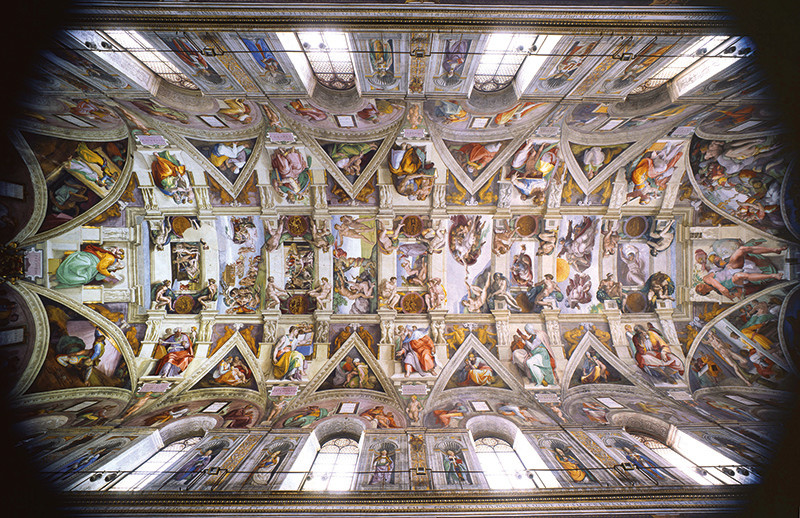 Sistine Chapel
Sistine ChapelIt is quite hard to picture Donatello’s and Verrocchio’s Davids performing such a feat; the same cannot be said about Michelangelo’s David, who is not only a symbol of faith in God (as a biblical hero who submits to God), but also an emblem of indomitable strength (being sculpted by Michelangelo in the likeness of Hercules). Absolute faith and indomitable strength were exactly the virtues that Pier Soderini’s newly-born Florentine Republic (1502-1512) sought to mirror. ¿But who will ever feel the need to go beyond the visible, beyond that image of nakedness consecrated by the cultural industry to grasp its meaning, if no one pursues a less conventional education?
Those who visit Florence rightly crowd the Accademia Gallery, but one wonders how many of them would walk into those rooms if, ad absurdum, the David were to be moved somewhere else. And yet, in that museum, abounding in works of art, other sculptures by Michelangelo are displayed; starting with the four Prigioni, which the artist had conceived and in good part carved for the tomb (unfinished) of Pope Julius II: men completely caught up in the effort to free themselves from the grip of the matter that opposes their gestures; marbles which, in their twisted posture, seem to be waiting for the intervention of an ancient Hellenistic creator who will finish them. And in that same hall which extends towards the David, where the aligned Prigioni oppose one another, stands the sublime San Matteo, the only apostle whom Michelangelo started and left unfinished among the twelve which he had been commissioned to produce for Florence’s Duomo.
1506 is the year when the statue is believed to have been carved and it is an important year, because in January 1506, the Laocoonte group was excavated in the presence of Michelangelo. This Hellenistic marble statue touched the soul of all the artists of that season and it was- according to Giorgio Vasari- one of those Hellenistic sculptures which marked the decisive jump towards the “maniera moderna”. And it is precisely the San Matteo which features one of the first and most poignant deductions from the Laocoonte: the apostle’s posture conforms to that taken by the son to the right of the Trojan priest, embraced in the serpent’s coils.
Michelangelo drew inspiration from the Hellenistic group for another of his creations, as celebrated as the David, but a work of painting this time: the Tondo Doni (also in Florence, at the Uffizi Gallery). The reference to the Laocoonte is evident in one of the nude figures behind the Holy Family, in this case, in the one immediately to the left of Joseph’s humerus, sitting on a wall in fieri. And yet, all those nude figures refer to Hellenistic models, to which the principal figures go back as well.
Even the Tondo Doni is a work of art which has become an object of veneration by visitors. And the reason, once again, is clear, so rare is its beauty. But again one wonders why no one (or nearly no one) asks himself or herself what is the thought underpinning it. And yet, those five young athletes, who are naked or in the act of undressing, behind the Virgin Mary, are enough to raise questions. ¿How is it possible not to ask questions about them? ¿How can one not be intrigued by Mary’s and Joseph’s unusual body language? ¿And, lastly, what does that low wall dividing the Tondo horizontally stand for, with the child Jesus on one side and small John the Baptist on the other?
Years ago, I happened to conjecture that all the Tondo’s iconography is corroborated by the Letter of Saint Paul to the Ephesians, because of the concepts that permeate it and allude to the baptism (which the low wall represents); a sacrament which is quite suitable for a work that was most likely painted to celebrate the birth of a child, so long-awaited and hoped-for by the Donis. In 1507, in fact, on September 8 (the Feast of the Nativity of the Virgin Mary), a baby girl was born and named Maria in honor of the Virgin Mary. And that long-cherished dream was celebrated by Agnolo Doni by commissioning Michelangelo with a painting of the Holy Family.
In 1508, once he completed the Tondo Doni, the artist went back to Rome; he returned there, however, with another and more mature attitude, having enjoyed in Florence the beautiful and extraordinarily fruitful years of Soderini’s Republic, a veritable “golden age” for the city, which had become the breeding ground of the “maniera moderna’”. Towards the close of the previous century, Michelangelo had carved in Rome the Pietà of St. Peter’s, where the dead but athletically- built body of Jesus is draped across Mary’s lap, the right arm hanging over his mother’s knee. Mary looks pensive, with the delicate face of a child in the body of a Tuscan peasant, and shows her lifeless son like in an Eucharistic ostention. Mary: the daughter and mother of God at the same time.
Even though full of pathos- with Jesus’s languid expression and ephebic physique, a light dusting of body hair, and Mary’s clothes sliding down to the ground while gathering and clotting on her breast- Michelangelo’s marble group does not deviate from the figurative language of the fifteenth century. The soft curls, for instance, which frame Jesus’s face, fit perfectly into the Florentine culture of the second half of that century (suffice is to turn to Verrocchio’s circle to better understand).
But the Pietà was carved by Michelangelo in Rome- as mentioned above- towards the end of the fifteenth century. When Michelangelo, however, returned to Rome, his expressive range had changed in the light of the experiences he had just had in Florence; where, between 1504 and 1508, he had worked not only with the local masters, but mostly, nearly side by side, with Leonardo and Rafael (the three of them working in Florence at the same time). Not to mention the great works of art commissioned by the Republic, most of which remained unfinished, but all suggesting an aspiration to monumentality which was thought to be a sign of nobility and excellence for the city.
And so, in 1508, Michelangelo went to Rome and, in that same year, Raphael too left Florence for Rome: they had both experienced things in Florence at the dawn of the 1500s which had changed them forever. Raphael began working on the Vatican “rooms” in a renewed manner, in a grand and bolder style, while Michelangelo embarked on the colossal task of frescoing the Sistine Chapel’s vault, completed in 1512. The Pietà’s peaceful and restful expressive tonality was replaced by the restlessness of prophets and sibyls who, along with bible stories, are silhouetted against the sky of the vast hall, where Michelangelo himself, about twenty years later, would fresco the convulsive tangle of bodies of the damned falling down in the Last Judgment: a grand, troubled scene that is the inevitable conclusion of humanity’s evolution, which begins on the vault with the creation described in the Genesis and unravels in the episodes drawn from the Old Testament.
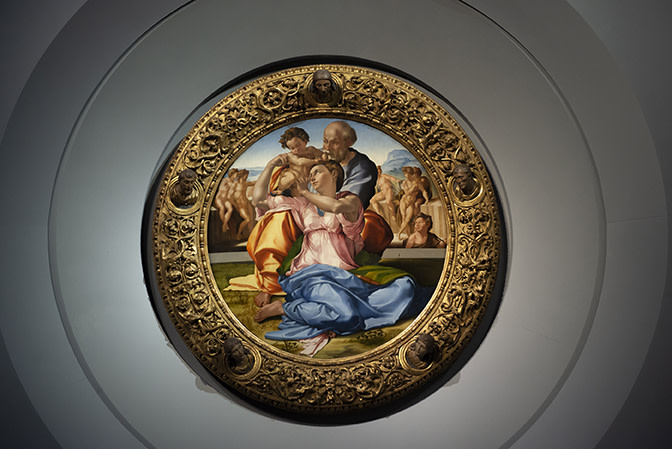 Tondo Doni, Michelangelo
Tondo Doni, MichelangeloThe Sistine vault becomes, along with the Tondo Doni, an icon of the famous passage that Vasari sets as a beacon in the preface to part three of his Lives, where he states that what made art veer to the ‘maniera moderna’ was the discovery of sublime Hellenistic sculptures: in what the great fifteenth-century masters failed “the artisans who followed them succeeded after seeing the excavation of some of the most famous antiquities mentioned by Pliny: the Laocoon, the Hercules, the great torso of Belvedere, the Venus, the Cleopatra, the Apollo, and countless others, which exhibit in their softness and harshness the expressions of real flesh copied from the most beautiful details of living models and endowed with certain movements which do not distort them but lend them motion and the utmost grace”.
Even for Michelangelo those findings marked the beginning of a new course; a course whose spare (and yet so lyrical and touching) twilight is represented by the Pietà Rondanini at Milan’s Castello Sforzesco. That emaciated and crude sculpture which - also because it remained unfinished- seems to exist outside of time and history. It is hard to tell whether it is the work of an ancient maker or of a Romanesque sculptor, or instead an invention that could have been conceived by some twentieth-century artists, from Arturo Martini to Venturino Venturi.
The early Pietà of St. Peter’s and the late Pietà Rondanini are the start and end points of a route, which is not only biographical, but mostly expressive. Both ranking amongst the greatest achievements of Western art, they reflect to the highest degree two intense and lively cultural seasons: the former places itself at the peak of 15th-century Humanism and on the verge of a new “maniera”, whereas the latter is the most powerful outcome of the spirituality sanctioned by the Catholic Reformation, and not shadowy as commonly believed but, indeed, shaped by deep and strong thoughts and feelings.






